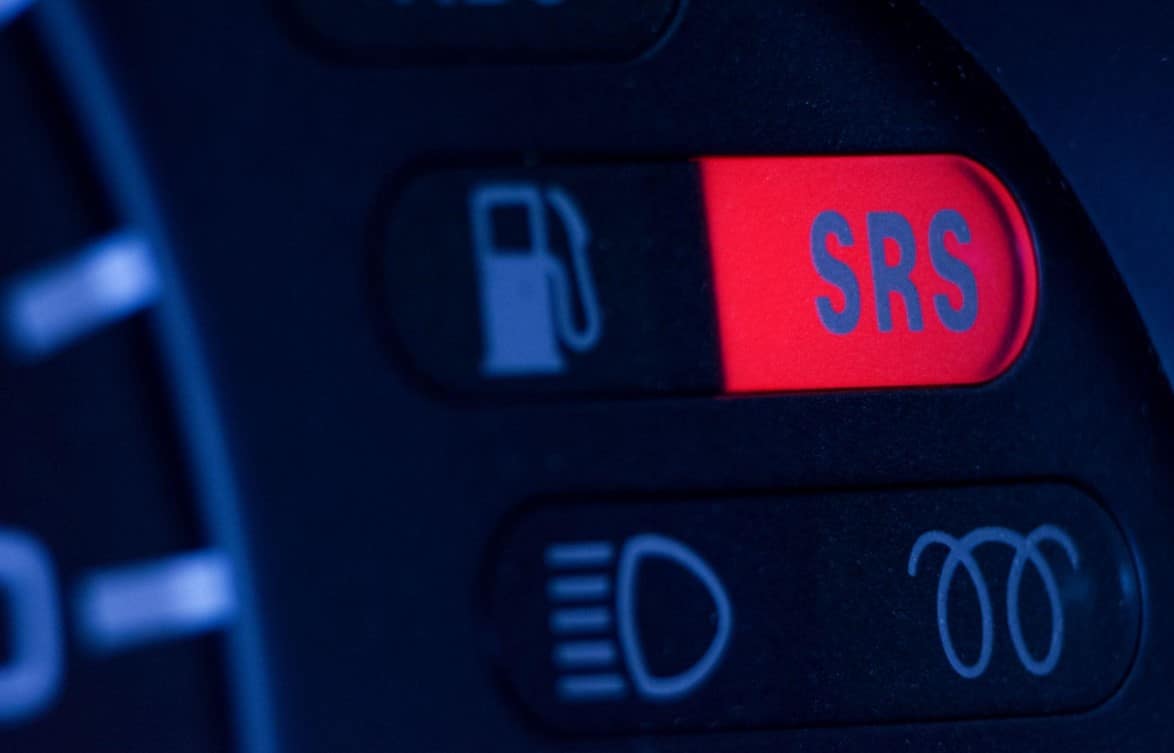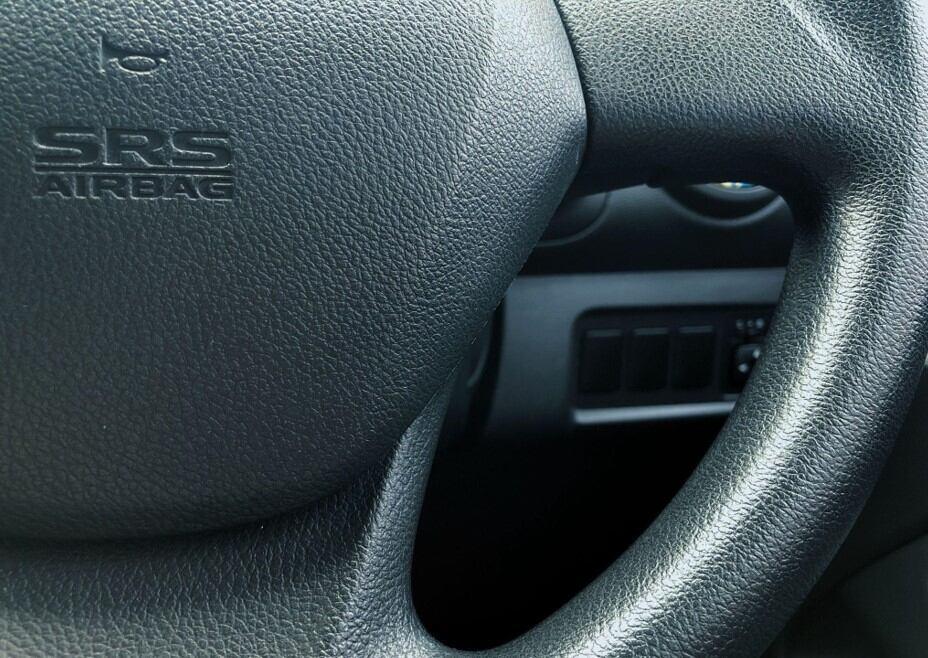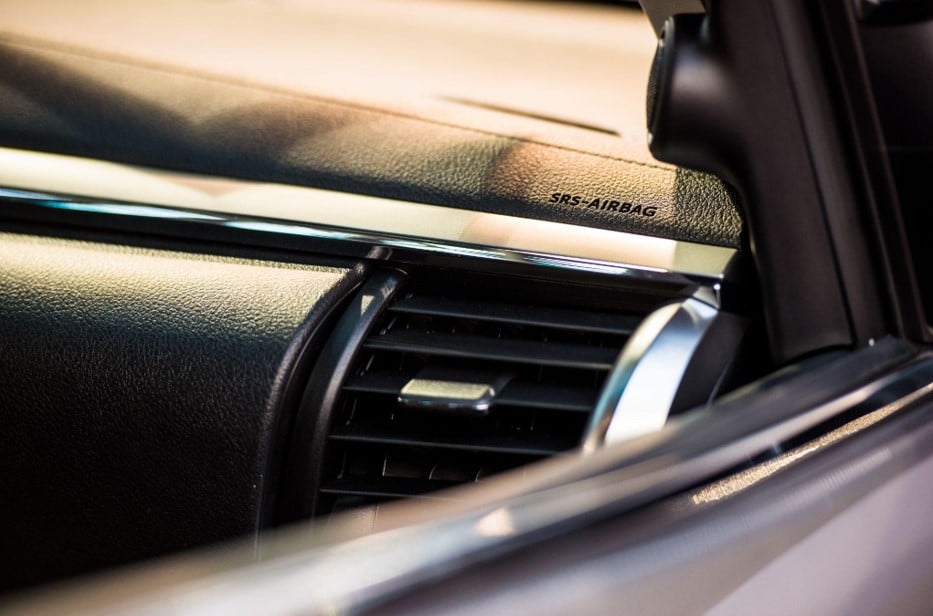SRS airbags are one of the most critical safety features of modern vehicles. These airbags are situated in several parts of the car and protect occupants from injury in the event of a crash. And even though an SRS system is located in every car, SRS airbags are frequently misunderstood.
This article provides insight into SRS airbags and explains the different types of airbags you should be aware of. We’ll also detail how SRS airbags work and how they can be maintained. Here’s everything that you need to know.
What is an SRS Airbag?
An SRS Airbag (also known as a Supplemental Restraint System Airbag) is found at the center of the steering wheel, on the passenger side of the dashboard, and in a few other places around the car. SRS airbags deploy when a crash is detected to protect the driver and passenger from slamming against the vehicle and being seriously injured.
There are a few types of SRS airbags you should be aware of. The most well-known SRS airbags are the front airbags, located in the center of the steering wheel and the passenger side of the dashboard. Front airbags provide important protection during head-on crashes because they prevent the driver and passenger from hitting the dashboard.
SRS side airbags are located between the door and the seats. They are meant to prevent torso and chest injuries. Knee airbags are located at the bottom of the dashboard. They prevent leg injuries by cushioning any potential impact against the underside of the dashboard.
Inflatable seat belts are the final type of SRS Airbag. They crucially protect the bodies of fragile people such as children and the elderly. All four types of SRS airbags are vital for preventing injury and reducing the severity of car crashes.
How Does an SRS Airbag Work?
SRS airbags rely on a sensor system to know when and how to deploy. Crash sensors located throughout the car detect sudden stops and decelerations. Sensors in the car’s interior provide other vital information, such as which seats have occupants and how much the occupants weigh.
All the information gathered by the sensors runs through an algorithm that determines whether airbag deployment is necessary and how much force should be used. This complex system allows the SRS Airbag system to protect occupants of any size without injuring smaller passengers.
If the SRS decides that deploying the airbags is necessary, a small electronic unit ignites a component that causes the airbag to inflate within a fraction of a second. If the car’s occupant is seated correctly, they will collide with the air bag and be protected from more severe injuries.
Small decisions that passengers may make may cause the outcome of a frontal collision to be much worse. Airbags will only properly protect those sitting in the passenger seat when a seat belt is appropriately worn and every vehicle occupant sits correctly in their seat—people who don’t wear seat belts or position themselves too close to the airbag risk serious injury.
Maintenance and Replacement of SRS airbags
Following the proper maintenance guidelines for your SRS airbags is vital to be fully protected in a crash. You should start by checking your vehicle’s manual to see what maintenance routines the manufacturer recommends. Some airbags only need regular inspection, while others might require periodic replacement.
You should always follow the maintenance guidelines recommended by your car’s manufacturer. Aside from routine maintenance, you should also look for signs of a malfunctioning SRS Airbag and take action whenever necessary. Signs of a malfunctioning SRS Airbag can look like:
- An illuminated or flashing SRS light on the dashboard (refer to your car manual if it flashes in a pattern)
- Car battery drained
- Depleted airbag battery
- Visible corrosion or damage on the airbag control module
- Airbags failing to deploy
In some cases, the SRS airbags may need to be replaced. This is particularly important if the airbag modules have visible damage or the airbags deployed in an accident. You should replace the airbags by determining your car’s VIN (identification number).
It is essential to find a replacement airbag that matches your car’s VIN, made by an official manufacturer. Third-party airbags may deploy in dangerous ways or fail to deploy at all during an accident.
Replacing the airbag is a delicate process that an experienced mechanic should complete. The process may take several hours to complete depending on the type of airbag that is being replaced. Trusting the right mechanic with the job is worthwhile because you’ll be left with complete confidence that your airbag will protect you in an emergency.
SRS Airbags Are Vital in Protecting Vehicle Occupants
While SRS airbags are vital to protecting passengers in car accidents, they are unfortunately frequently misunderstood. This article offers all the information you need to maintain your airbags and keep yourself safe on the road.
Frequently Asked Questions
What Does SRS Stand For?
SRS stands for “Supplemental Restraint System.” It refers to a vehicle’s entire airbag system, including the airbags themselves, the sensors that detect if deployment might be necessary, and the airbag control unit.
Are SRS Airbags the Same As Regular Airbags?
SRS airbags refer to the same components as “regular airbags.” Some people may say “regular airbags” to refer to the front airbags located in the steering wheel and the passenger side of the dashboard. A frontal airbag is one of four airbag types used in the SRS.
Can SRS Airbags Be Deactivated?
SRS airbags can be deactivated. If a driver petitions the NHTSA for permission to install an SRS ON-OFF switch, they may be permitted to deactivate their airbags if it is determined that an airbag poses so much risk to a vehicle occupant that it outweighs the benefits.
How Often Should SRS Airbags Be Replaced?
Most SRS airbags are designed to last as long as the vehicle itself. Others may need to be replaced every 10 to 15 years. You should see what your vehicle manufacturer recommends to decide when to replace your SRS airbags. Always replace your SRS airbags if they deploy.
Are There Any Risks Associated With SRS Airbags?
Airbags are known to reduce the risk of fatalities and injuries in almost every crash. While some injuries are uniquely associated with airbag deployment, they are generally less severe than injuries that would have been caused in the same crash without an airbag. The risks associated with SRS airbags can be reduced by verifying that the sensors are working correctly and that official manufacturers made the airbags.


